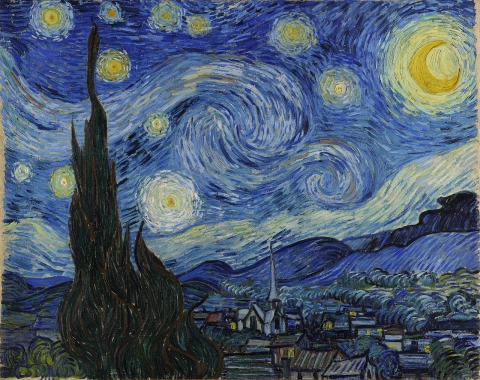 ART & EXHIBITIONS
ART & EXHIBITIONS
The Palazzo Reale in Milan is hosting the exhibition “Van Gogh: L’uomo e la terra” (Man and the Earth), which will run through March 8th 2015. It houses 47 of the most famous works by the Dutch artist, plus 18 letters to his brother Theo.
These paintings most represent the relationship between man and the nature surrounding him, a subject very important to Van Gogh. In connection with the theme of the next World’s fair to be held in Milan – the Expo 2015 “Feeding The Planet, Energy For Life” – the exhibition aims to highlight this deep connection, showing how the artist’s interest in the cycles of the earth and those of human life have influenced his poetics.
Unlike the artists of his time, whose subject were primarily the urban landscape and the result of European industrialization of the late nineteenth century, the works of Van Gogh were not understood by his contemporaries, as he painted the rural world – the same world from which he moved away from at age 27 to become an artist – and its humble people, their hardworking days and their humble gestures and props.
There are six sections: L’uomo e la terra (Man and the Earth) Vita nei campi (Life in the Fields), Il ritratto moderno (The Modern Portrait), Nature morte (Still Life) Le lettere, Colore e vita (Letters, Color and Life). Through his portraits and landscapes the visitor will discover and appreciate Van Gogh’s technical and stylistic evolution, from his first Dutch drawings to his oil paintings in Arles.
Van Gogh began painting very late, relying on the methods and textbooks popular at the time. The interest for the countryside and for its workers makes him an original artist from the start: the peasants become his favorite models, posing for him (although often unwillingly), while Van Gogh depicts them first with a black chalk only, then in Arles – at the height of his expanding genius – with bursts of color which became his symbol.
During his quite lonely and tormented brief life, he only sold one painting. He committed suicide “for the good of all” when he was only 37. “A great fire burns within me, – he said – but no one stops to warm themselves at it, and passers-by only see a wisp of smoke”. If we look at his self-portraits, we see a man staring back at us with a look which is now austere, now engaging, at times lost, at times inquisitive, humble yet inquisitive. At times all these expressions surface together, in a crescent tide of tormented waves, just like the swaying clouds in his “Starry night” painting, where the artist’s solitude is cradled onto the long bodies of air, curling and gently breaking on the huge stars hanging luminous from the sky, like hundreds of suns.
The showcase is open daily, including Christmas Day, New Year’s Eve and New Year’s Day, however, due its great and almost unexpected success, we recommend to avoid visits over the weekends, as they are usually extremely crowded.
“Be clearly aware of the stars and infinity on high. Then life seems almost enchanted after all.” (Vincent Van Gogh, 1853-1890)
Nicoletta Lucia Paganucci

